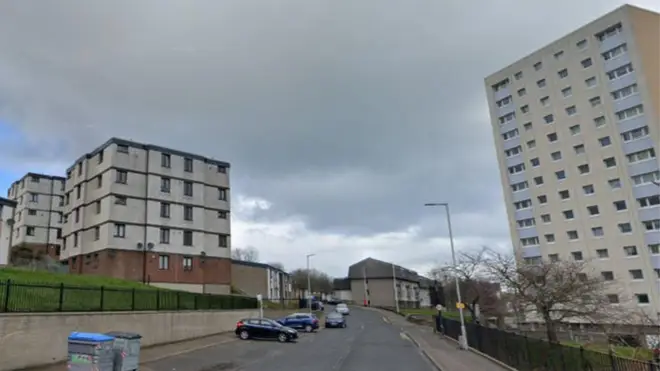
Nick Abbot 10pm - 1am
29 February 2024, 16:00 | Updated: 29 February 2024, 16:06

Nearly 300 people are being moved out of their homes in Aberdeen as they contain collapse-risk concrete, which closed schools across the UK last year.
500 Homes in the city's Balnagask area were found to have been built with Reinforced Autoclaved Aerated Concrete (RAAC) panels following an inspection last year, according to Aberdeen City Council.
This total includes 364 council properties, occupied by 299 council tenants.
A structural engineers' report to the council recommended the council tenants be relocated to alternative accommodation within the city as soon as possible.
The findings were examined by Aberdeen City Council’s Urgent Business Committee.
Councillors accepted a recommendation from council officers that tenants be permanently rehomed.

Officers are examining options for the long-term viability of the site, including remedial works or demolition.
The Committee has also agreed to set aside £3 million to cover the costs of rehoming tenants, who have now been invited to meet with a housing and support officer.
Homeowners and private tenants have also been contacted to discuss their options for housing.
The council said: "Officers are currently exploring options for the long-term viability of the site, which includes remedial works or demolition."
The council will be presented with a detailed appraisal within six months.
Read more: 'We got on with it': Headteacher criticises 'insults' exchanged during PMQ's surrounding RAAC crisis
Scottish Liberal Democrat leader Alex Cole-Hamilton said: "Since I first raised this issue with the First Minister almost a year ago, the Scottish Government has been astonishingly cavalier about the presence of dangerous concrete across the country.
"Today’s news will turn the lives of hundreds of people upside down. It will be incredibly worrying that the roof above their head could pose a danger to them.
"It flies in the face of the government’s litany of excuses and insistence that there is nothing to see here. Scottish Liberal Democrats have helped uncover the presence of this dangerous concrete in schools, hospitals, universities, colleges, fire and police stations.
"We need to know how this report and decision will impact the continued use of all of these buildings across Scotland. People deserve to know what is going on."

Shadow Education Secretary refuses to promise Labour will spend 'whatever it costs' to rebuild schools affected by Raac if they get into power
This news comes after the crumbling concrete crisis closed schools and affected hospitals across the country in 2023.
Raac was used in the latter half of the 20th century but it was suspected of not being useful beyond a lifespan of about 30 years. Other facilities built in the period, including courts and even parts of airports, have been found to contain RAAC.
In terms of structure, comparisons have been made with the inside of an Aero chocolate bar. It is lighter than normal concrete but also can get waterlogged more easily and become weakened.